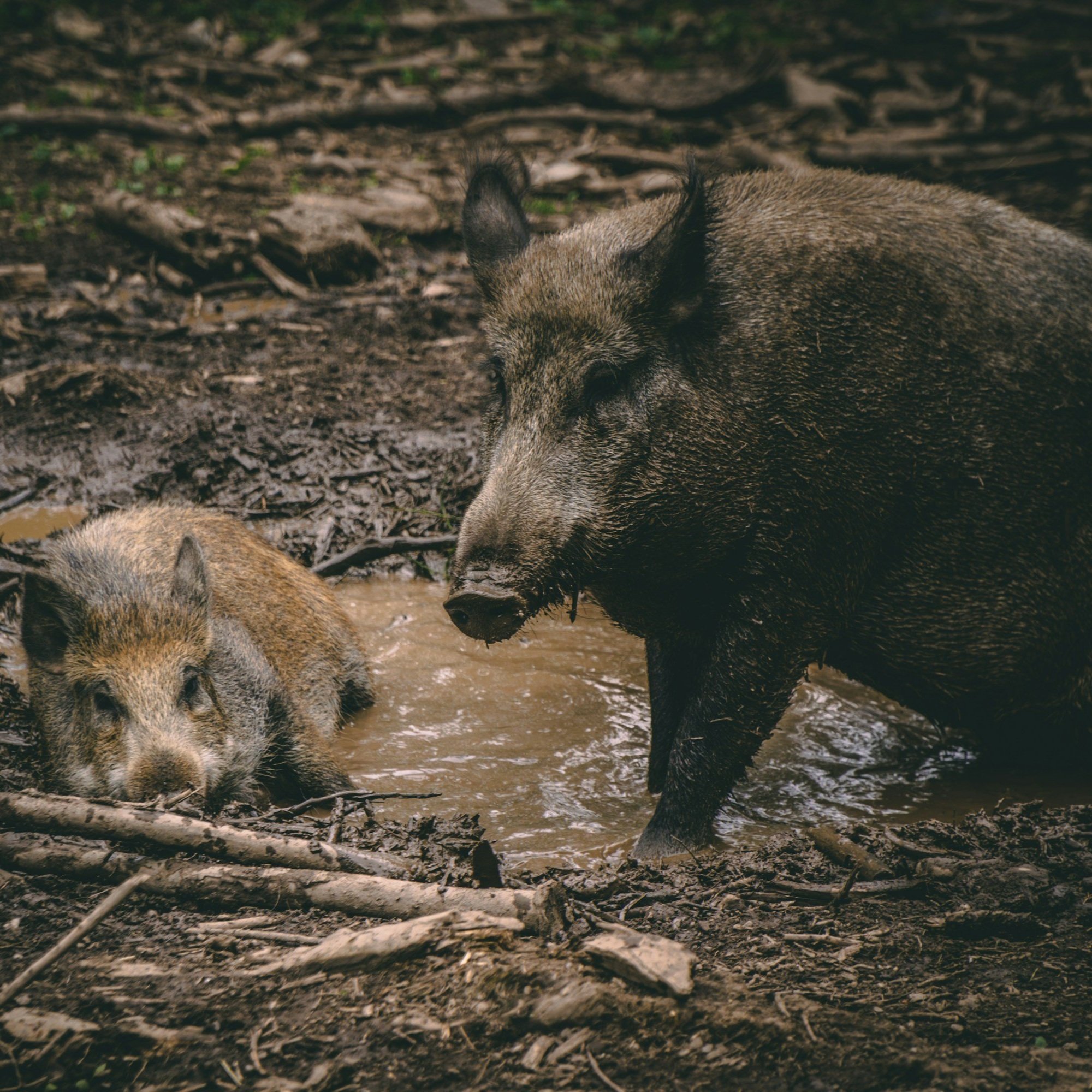The LSU AgCenter hosted its annual Rice Field Day this week at the H. Rouse Caffey Rice Research Station offering farmers and students an inside look at the latest innovations in rice breeding, disease management, and production techniques. Among the highlights was the unveiling of Venus, a new medium-grain variety set for commercial release next year.
Read MoreWhile it wasn’t called 4-H University until recently, the event just completed its 111th rendition on the LSU main campus. This year’s theme was “Leading the New Frontier.” And for some, being in Baton Rouge and staying on the campus for a week was exactly that — a new frontier.
More than 1,500 students, volunteers and 4-H agents participated in this year's event, which took place June 17 to 19.
Read MoreSeveral Southern apple varieties have origins in Louisiana. Apples such as Bossier Greening, Felt’s Strawberry, Louisiana, McMullen, Pride of the South, Terral and Woodland are all extinct, according to C. Lee Calhoun in his magnificent book, “Old Southern Apples.” If even one stands a chance of being rediscovered, it is the McMullen apple. It left a blazed trail for us to follow.
Read MoreLSU announced the members of its presidential search committee who’ll oversee the process for selecting a new university president after former President William Tate IV left for the same job at Rutgers in May.
The committee is made up of 19 members, many of them business leaders from around the state.
Read MoreWhen Ashley Edwards joined the LSU AgCenter in December 2019 as an extension agent and coordinator of livestock programs, she was eager to hit the road and begin visiting producers, conducting workshops and helping 4-H youth with their livestock projects.
Read MoreOn a gray February day as he drove through a nursery in Forest Hill, Michael Polozola stopped his truck to pick up a special passenger: a dog named Oliver.
Polozola, the LSU AgCenter’s fruit and nut specialist, spends a lot of time at the nurseries of central Louisiana. He has befriended the nursery dogs — including Oliver, a lab mix who eagerly awaits his rides in the truck.
Read MoreRice remains an extremely important crop in Louisiana agriculture, ranking among the top four in acreage and value. Approximately 470,000 acres were planted in 2025. Louisiana per acre rice yields continue to show steady increases due at least in part to research activities funded by the Louisiana Rice Research Board. Implementation of new technology developed through research efforts continues wide scale use in Louisiana rice production. This is critical in maintaining yield and quality increases, as well as increasing the economic viability of Louisiana rice production.
Read MoreThe 2025/26 U.S. corn outlook is for record supplies and total use, and higher ending stocks. The corn crop is projected at 15.8 billion bushels, up 6 percent from a year ago on increases to both area and yield. Planted area of 95.3 million acres if realized would be the highest in over a decade. The yield projection of 181.0 bushels per acre is based on a weather-adjusted trend assuming normal planting progress and summer growing season weather.
Read MoreAs the LSU AgCenter Extension agent for St. Bernard and Plaquemines parishes, Anna Timmerman has become a trusted source of information for the citrus industry, home fruit and vegetable growers and small producers who sell at the more than 30 farmers markets in the Greater New Orleans area. Timmerman’s expertise was so well respected that she was named the state point of contact for citrus earlier this year.
Read MoreIn an email to faculty Monday, LSU Faculty Senate President Daniel Tirone expressed confidence in the interim leadership that’s taken over at the university in the face of several high-profile departures, including former President William Tate IV.
Tirone said he’d met with Interim President Matt Lee for over an hour on Friday discussing priorities.
Read MoreThe 2025 soybean planting season in Louisiana began rapidly, with 70%-80% of the projected acres planted by May 1, significantly exceeding the average of 40%-50%. Although most of the crop was planted within the optimal window, heavy rainfall and strong winds have led to issues such as failed stands and delayed weed control applications.
Read MoreOrganizations like the Ouachita Parish 4-H Club are working to recruit more young people to take part in livestock shows.
While the number of participants is growing, 4-H leaders say there’s still a need for more youth to get involved. Bethany Corona, with the Ouachita Parish 4-H Club, says time and cost can be major barriers for some students.
Read MoreCommon rust may be the first disease found in corn fields and usually occurs in the lower-to-mid-canopy. Pustules of common rust are brick red to dark orange, somewhat elongated, and will appear on both leaf surfaces (Figure 1).Common rust will progress during relatively cool temperatures (60-75oF) combined with rainy weather or heavy dews (6 hours of leaf wetness), and cloudy weather; however, very rarely are fungicide applications warranted for common rust. Warmer temperatures (> 80oF) will greatly slow common rust development.
Read MoreWhen Morgan Christman was a doctoral student at Utah State University, she studied data from moth traps over a five-year period in Utah. What shocked her most about her findings wasn’t related to moths. It was the tens of thousands of bumblebees that were accidentally trapped alongside the moths every year.
Read MoreAcross Louisiana, the feral pig population continues to grow. They can be found in all 64 parishes, and the total number of feral pigs is around 900,000 in the state.
"When I first started this, I thought Texas had a pig problem, not Louisiana. However, when you look at the population estimates for the states and compare it by the land area, we have about the same density of feral pigs as Texas," LSU AgCenter's Interim Southeast Regional Director Glen Gentry said.
Read More














